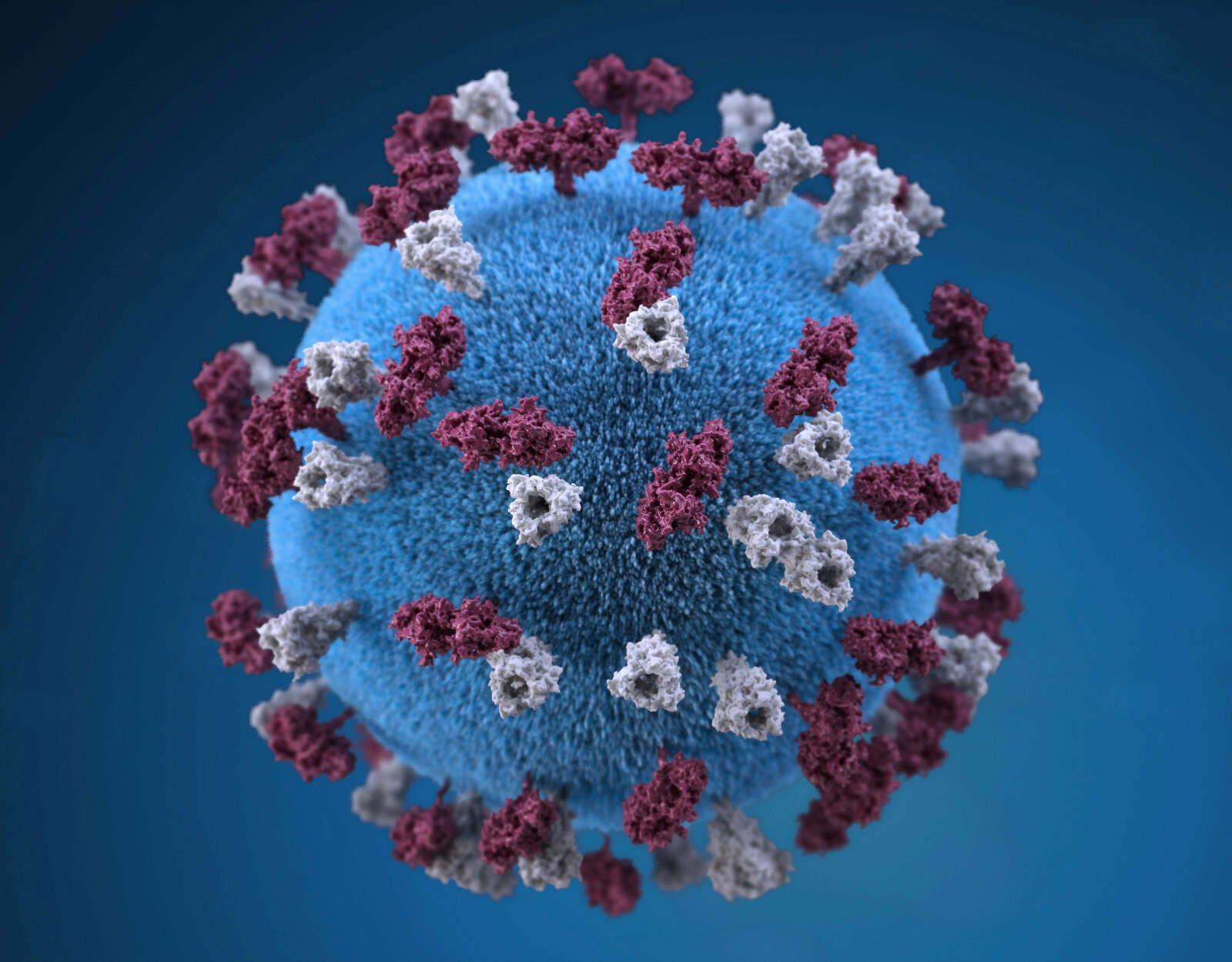Breakthrough Treatment Options for Neuroblastoma
This article offers an in-depth exploration of the latest breakthroughs in neuroblastoma treatment. It examines innovative therapies, the importance of early detection, and strategies to cope with this challenging disease. With a focus on emerging research and clinical trials, it aims to provide medical professionals and affected families with valuable, up-to-date information, fostering hope through knowledge and understanding in the fight against this relentless childhood malignancy.

Key Takeaways
- Immunotherapy, including engineered T-cell therapy and monoclonal antibodies, has shown promising results in early-phase clinical trials.
- Targeted drug therapies can effectively eradicate cancer cells by interfering with specific proteins or processes.
- These emerging treatment approaches have the potential to improve patient outcomes and overall survival rates.
- The future of neuroblastoma treatment looks promising with these advancements.
Understanding Neuroblastoma: Location and Overview
Unquestionably, understanding the location and overview of Neuroblastoma is crucial as it is a cancer of immature nerve cells that predominantly affects young children and often originates in the adrenal glands, but can also develop in the neck, chest, abdomen, and spine. The impact of neuroblastoma on families is profound, requiring vast emotional and financial resources. Fortunately, Neuroblastoma treatment advancements have evolved significantly over the years, providing hope and improved prognosis for affected children. These advancements include targeted therapies, immunotherapies, and novel surgical techniques. Additionally, early detection methods have also improved, allowing for more effective treatment strategies. However, the journey towards a cure continues as researchers strive to minimize side effects and enhance the quality of life for survivors.
Emerging Treatment Approaches for Neuroblastoma
The innovation in medical technology and the dedication of researchers have led to the emergence of promising new treatment approaches for Neuroblastoma, which could potentially improve patient outcomes and overall survival rates. Among these are the advancements in immunotherapy, which uses the body's immune system to fight cancer. It includes novel strategies like engineered T-cell therapy and monoclonal antibodies, which have shown encouraging results in early-phase clinical trials. Alongside, targeted drug therapies are gaining traction. These therapies work by interfering with specific proteins or processes that cancer cells need to grow and thrive. By honing in on these specific targets, these therapies can more effectively eradicate cancer cells with minimized damage to healthy cells. The future of Neuroblastoma treatment indeed seems promising with these emerging approaches.
The Science Behind Neuroblastoma: Causes and Prevention
Several factors contribute to the development of neuroblastoma, yet prevention strategies remain largely elusive due to the complexity of its causes. Causes research has indicated that neuroblastoma is often caused by random genetic changes occurring early in fetal development. However, factors such as family history and congenital anomalies can increase the risk. On the other hand, prevention strategies are complicated by the fact that neuroblastoma usually manifests before birth and is typically diagnosed in infancy or early childhood. While preventing neuroblastoma is currently beyond our reach, early detection remains crucial. Advances in genetic testing can potentially identify neuroblastoma at its earliest stages, providing a more promising prognosis for affected children.
Living With Neuroblastoma: Tips and Strategies
Navigating through life with neuroblastoma requires a robust support system and a comprehensive care plan, but with the right strategies in place, patients and their families can manage the disease more effectively. Managing symptoms is essential in living with neuroblastoma. This includes regular medical checks, medication management, and a balanced lifestyle that includes adequate rest and nutrition. Equally important is having a strong support network. This can include family, friends, healthcare professionals, and support groups. These networks can provide emotional, psychological, and practical assistance, making the journey less strenuous. Regular communication with these networks helps in managing stress and uncertainties. Remember, every patient's journey is unique, but with careful planning and ample support, neuroblastoma can be managed more effectively.
Comprehensive Resources on Neuroblastoma Research and Trials
A vast array of resources exist that comprehensively cover the latest research and clinical trials related to neuroblastoma. These resources provide invaluable data, including comparing treatment outcomes of traditional approaches versus innovative therapies. Institutions such as the National Cancer Institute and the American Cancer Society maintain up-to-date databases on ongoing clinical trials. They also provide detailed overviews of the latest research advancements in neuroblastoma treatment. These resources are indispensable for healthcare professionals, patients, and families alike, offering them insights into the most innovative therapies under development. Furthermore, many of these resources allow for direct engagement, enabling individuals to participate in trials, thus contributing to the collective effort to improve neuroblastoma treatment outcomes.
Frequently Asked Questions
What Are the Early Symptoms of Neuroblastoma in Children?
Early symptoms of neuroblastoma in children can be nonspecific, contributing to diagnosis challenges. They may include fatigue, loss of appetite, fever, or unexplained weight loss. Pain or unusual lumps may also be present, depending on the tumor's location. Neuroblastoma prevention is currently not well understood due to its complex nature. It's crucial for healthcare providers to remain vigilant for these early signs to enable prompt treatment. Regular pediatric check-ups are essential for early detection.
How Does the Stage of Neuroblastoma Affect the Treatment Plan and Prognosis?
The stage of neuroblastoma significantly influences the treatment plan and prognosis. Stage Impact Variations refer to alterations in disease progression, which necessitate Treatment Adaptability. Early-stage neuroblastoma might require less aggressive treatment and often has a better prognosis. Conversely, advanced stages usually demand more intensive treatment, with a comparatively guarded prognosis. Hence, the stage of neuroblastoma directly affects the therapeutic approach and potential outcomes.
Are There Any Known Genetic Factors That Increase the Risk of Developing Neuroblastoma?
Certain genetic factors are indeed associated with an increased risk of developing neuroblastoma. Genetic counseling can provide valuable insights into these risks, especially for families with a history of the disease. Prenatal screening can also detect potential genetic abnormalities that may predispose a child to neuroblastoma. However, the role of genetics in neuroblastoma is complex and research is ongoing to better understand these connections.
Can Neuroblastoma Reoccur After Successful Treatment and if So, What Are the Signs to Look Out For?
Yes, neuroblastoma can reoccur after successful treatment. This is referred to as relapse or recurrence. Signs to look out for include fatigue, loss of appetite, fever, and pain. Treatment advancements have improved survivorship effects, but regular follow-ups are crucial in early detection of recurrence. Any new symptoms, particularly those similar to those experienced initially, should be promptly reported to a healthcare professional for further investigation.
How Does Neuroblastoma Treatment Affect a Child’s Growth and Development in the Long Term?
Neuroblastoma treatment can potentially impact a child's long-term growth and development due to factors like hormonal changes caused by the disease or its treatment. The psychosocial impact can also be significant, potentially affecting their emotional well-being, cognitive development, and social interactions. Regular follow-ups with healthcare professionals are crucial to monitor and manage these potential effects, ensuring the child's optimal physical and psychological development.
Conclusion
In conclusion, advancing knowledge of neuroblastoma continually broadens the scope of potential treatment options. Innovative therapies and stem cell transplants represent significant strides in this endeavor. The importance of early detection through screening and effective coping strategies are equally crucial. As research progresses, hope grows, underscoring the value of staying informed about ongoing trials and scientific developments. Ultimately, understanding neuroblastoma is paramount to effectively fighting this devastating disease.

This post has been generated by AI and was not reviewed by editors. This is Not legal advice. Please consult with an attorney.




